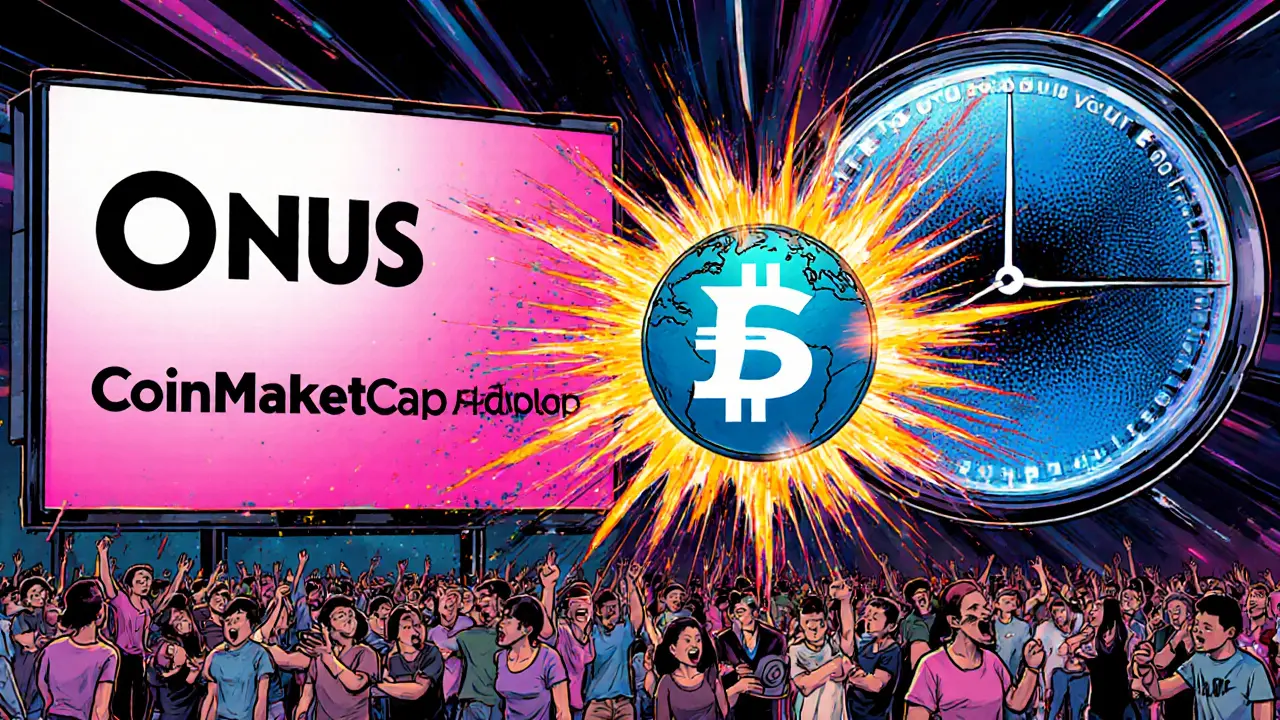Cryptocurrency Promotion: How Coins, Airdrops, and Regulations Shape the Market
When talking about cryptocurrency promotion, the practice of marketing crypto assets through airdrops, partnerships, and media campaigns. It’s also called crypto promotion. At the same time, airdrop, a distribution method that gives free tokens to users who meet certain criteria has become a go‑to tool for grabbing attention. crypto scam, any fraudulent scheme that pretends to be a legitimate crypto project lurks in the same space, ready to exploit hype. Meanwhile, crypto regulation, government rules that define how digital assets can be offered and used sets the boundaries for what promotions can legally do. Finally, payment cryptocurrency, digital coins designed for everyday transactions shows how promotion can turn a speculative token into a practical tool. All these pieces interact, and understanding their links helps you navigate the noisy crypto world.
Airdrops are more than free giveaways; they’re a strategic hook. cryptocurrency promotion leverages airdrops to grow a community quickly, reward early adopters, and create buzz on social media. The typical airdrop asks participants to join a Telegram group, retweet a post, or hold a partner token. By doing so, projects boost visibility while gathering useful data—wallet addresses, engagement metrics, and even feedback on token utility. This closed loop of reward and outreach fuels network effects: the more people talk about the token, the more new users join, and the stronger the perceived value becomes.
Scams, however, thrive on the same mechanics. Fraudsters copy legit airdrop templates, promise unrealistic returns, and lure unsuspecting users into sharing private keys. The pattern is simple: a flashy promotion, a sense of urgency, and a fake verification page. Recognizing red flags—such as requests for seed phrases, grammar mistakes, or unofficial domain names—can save you from losing funds. While genuine projects use transparent wallets and public audit trails, scams hide behind anonymous accounts and mutable contract addresses. Knowing the difference is a core skill for anyone involved in crypto promotion.
Regulation adds another layer of complexity. Different jurisdictions treat airdrops, token sales, and marketing differently. In some countries, an airdrop counts as a taxable event; in others, it might be classified as a security offering, subject to registration. Compliance guidelines now require clear disclosure of promotional terms, anti‑money‑laundering (AML) checks, and often a KYC process for participants. When a project aligns its promotion with local rules, it builds credibility and avoids costly legal battles. On the flip side, ignoring regulation can lead to frozen assets, fines, or even bans for the entire ecosystem.
Payment cryptocurrencies illustrate how promotion can shift a token from hype to utility. Projects that position their coin as a daily spend medium often run campaigns that partner with merchants, integrate point‑of‑sale APIs, and reward users for real‑world purchases. These promotions create a feedback loop: more merchants accept the token, more users spend it, and the token’s transaction volume—and perceived stability—increases. This shift from pure speculation to functional money can attract institutional interest and help the token survive beyond its initial hype cycle.
What You’ll Find in This Collection
The articles below dive deep into each of these facets. You’ll see how mining difficulty keeps block times stable, get step‑by‑step guides for safe airdrop claims, understand the legal risks of using VPNs for crypto in restricted regions, and learn how emerging markets like Myanmar keep crypto alive under bans. Whether you’re chasing the next airdrop, protecting yourself from scams, or exploring how regulations shape promotions, the list offers practical advice and real‑world examples.
Ready to explore the full range of insights? Scroll down to discover detailed guides, analysis, and up‑to‑date information that will help you master cryptocurrency promotion and stay one step ahead in this fast‑moving space.

ONUS x CoinMarketCap Airdrop Details, Winners, and Long‑Term Impact
Explore the ONUS x CoinMarketCap airdrop: prize pool, eligibility steps, winner stats, and its lasting impact on the ONUS ecosystem.
November 7 2024